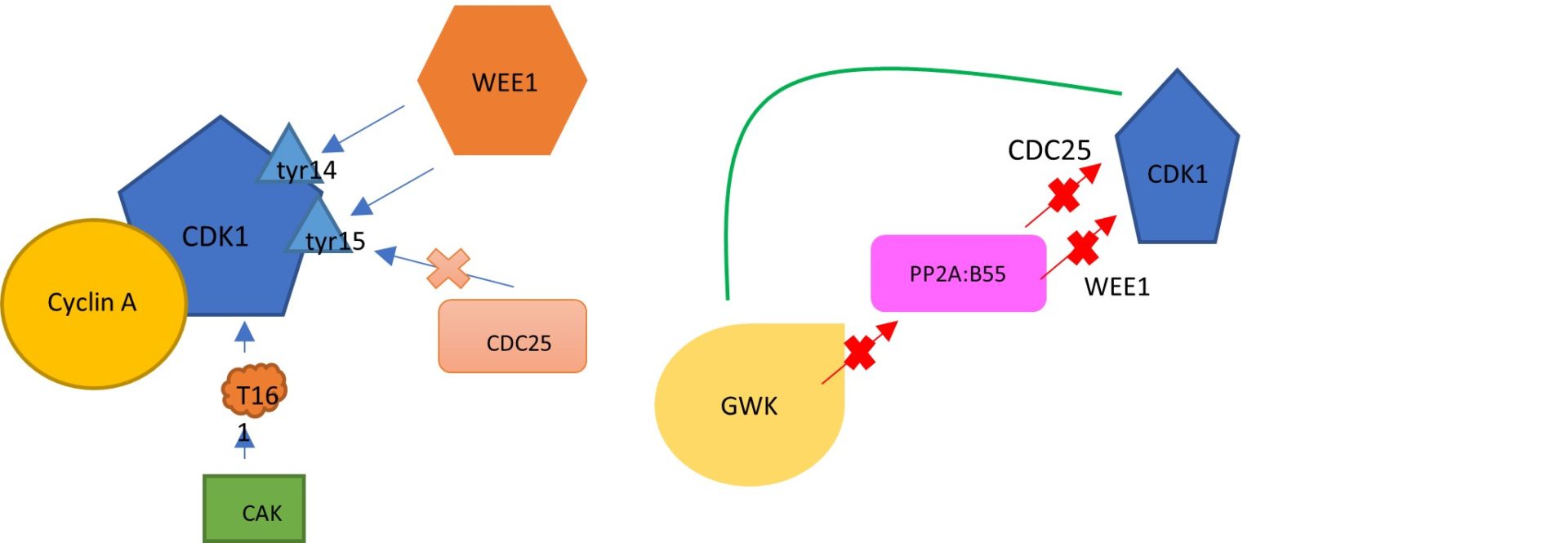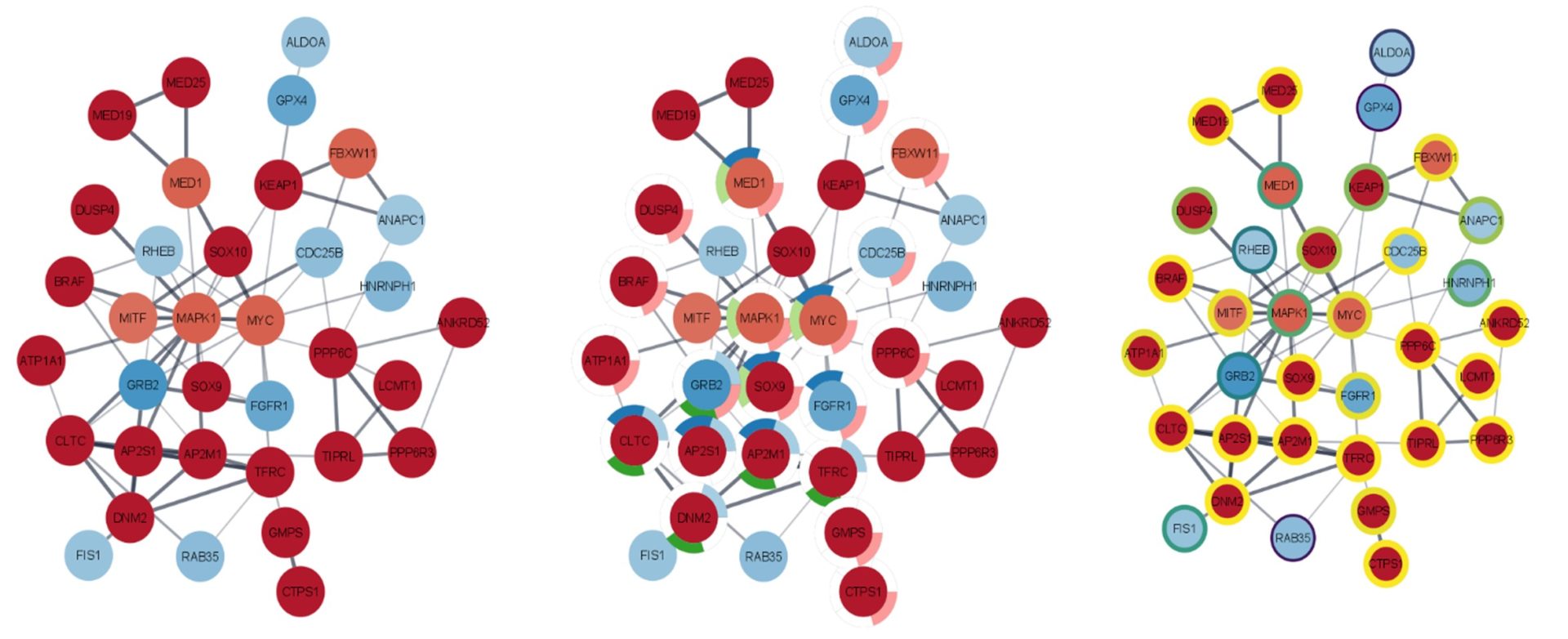The cell cycle allows for the growth and progression of cells within organisms; G2 to Mitotic (M) phase transition under the control of kinases and phosphatases is involved in this. The dysregulation of the cell cycle is associated with cancer pathology and finding new phosphatases or kinases would help in understanding this and could provide new grounds for treatment. A genetic screen carried out prior to this project identified the catalytic subunit of protein phosphatase 6 (PPP6C) as a potential negative regulator of the G2 to M phase transition. The aim of this project was to analyse gene dependency correlations of PPP6C based on large scale CRISPR depletion screens in the cancer cell line encyclopaedia data sets. I used a novel based on distance correlation for cells sensitive or resistant to PPP6C depletion and performed a network and gene ontology enrichment analysis of the identified genes. The top 30 and bottom 20 correlating genes were analysed in Cytoscape to find biological processes, correlations, and confidence within the gene network. My results suggest a relationship between PPP6C and genes including: CDC25B, BRAF, MYC and MAPK. In conclusion, mechanisms shared by these genes may give light to the role of PPP6C in G2 to M phase transition. However, this needs to be explored further based on experimental validation.
Future Physiology 2021 (Virutal) (2021) Proc Physiol Soc 47, PC29
Poster Communications: What role, if any, Serine/threonine-protein phosphatase 6 catalytic subunit (PPP6C) have in G2 to M phase transition?
La-Dantai Henriques1
1 University of Sussex, Brighton, United Kingdom
View other abstracts by:
Where applicable, experiments conform with Society ethical requirements.



